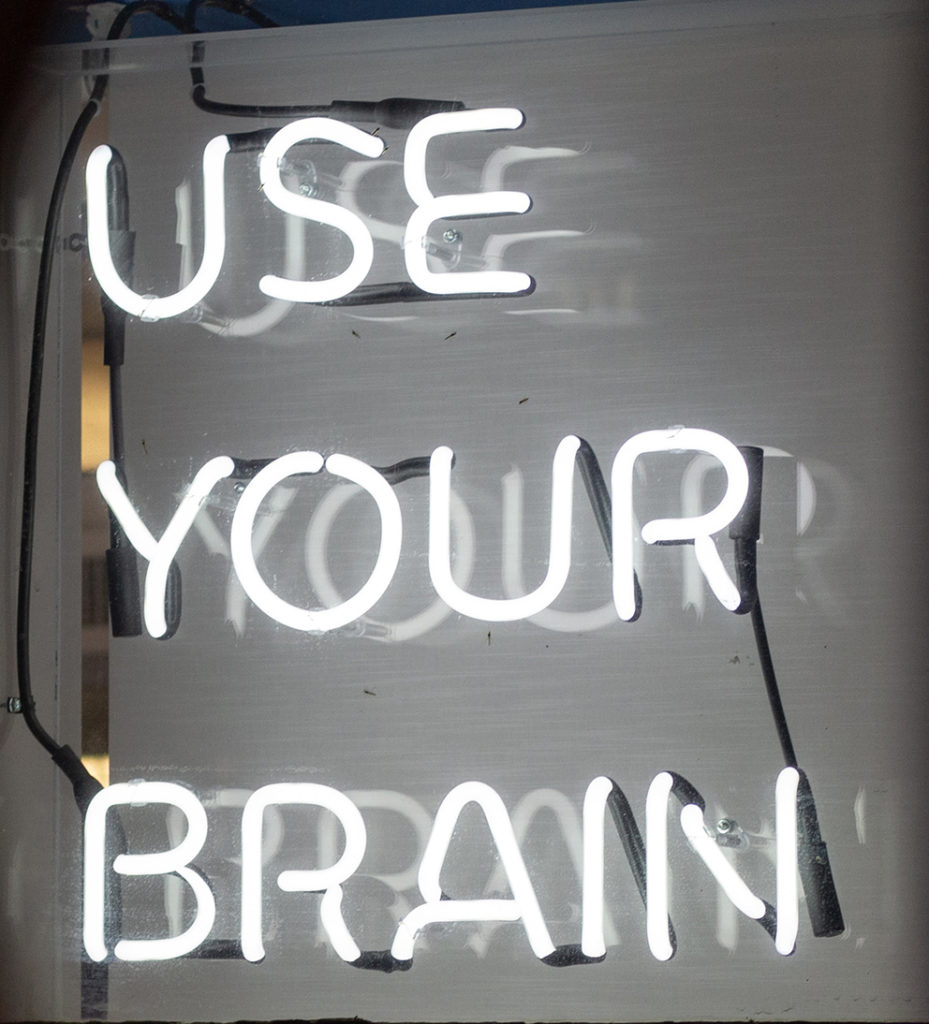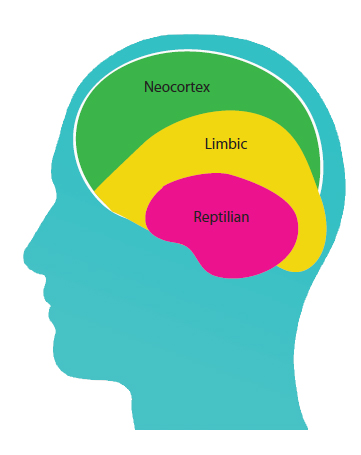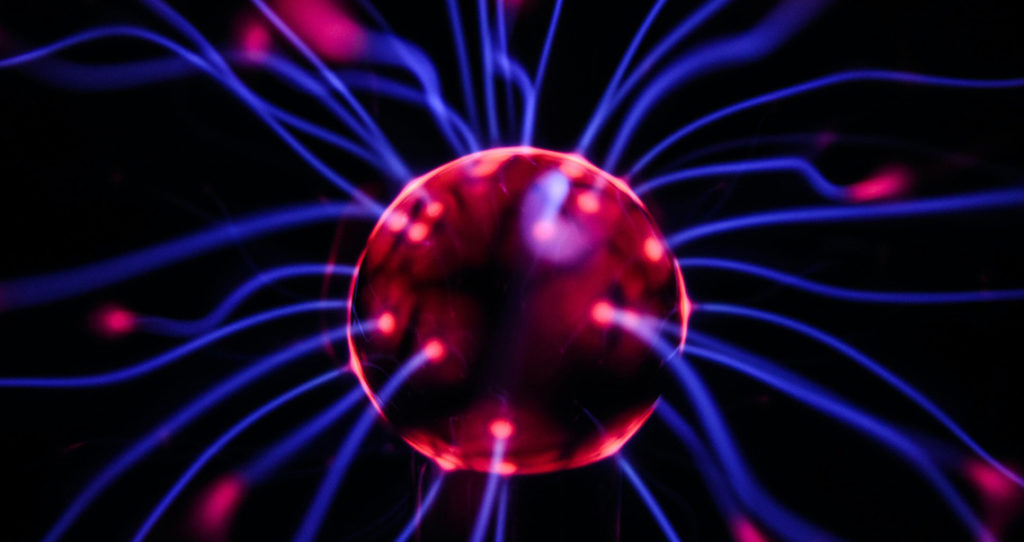Science of mindfulness
Mindfulness changes the brain structure.
Mindfulness is a form of meditation that has been practised for thousands of years in various cultures and spiritual traditions. In recent years, it has gained a great deal of attention from scientists and researchers interested in understanding its effects on the brain and body.

The science of mindfulness is a rapidly growing field that seeks to understand the mechanisms by which mindfulness meditation can improve mental and physical health. Researchers have used a variety of methods to study mindfulness, including brain imaging techniques such as functional magnetic resonance imaging (fMRI) and electroencephalography (EEG), as well as behavioural and self-report measures.
Mindfulness changes brain structure
Studies have shown that practising mindfulness can lead to changes in brain structure and function, including increased activity in areas of the brain associated with attention, emotional regulation, and empathy. It has also been found to reduce symptoms of anxiety and depression, improve immune function, and lower stress levels.
The brain has the ability of Neurogenesis to change itself and create new neurons and neural pathways throughout your life. The power of the brain to have neural plasticity is the key to mindfulness, as this is your ability to change the way you are! This is called Neural plasticity.
The Limbic and the Reptilian brain are the masters of multi-tasking, looking after all the functions of the body all in one instant. They communicate feelings and sensations. Not words or ideas.
The frontal neocortex, your conscious thinking centre, works at half the speed of your unconsciousness (the limbic and the reptilian). Resulting in that you feel and react quicker than you can think. The Frontal neocortex, however, can only focus on ONE THING AT A TIME and communicates through thoughts and words.
The neocortex can only focus on one thing at a time
This is extremely important to the functioning of mindfulness, for if you can only ever focus and concentrate your mind on one thing at a time, then by default, when you are meditating, you cannot be thinking of other things. With practice, you learn to concentrate your conscious attention and to have the ability to control where your mind’s attention is focused.

Thoughts have no independent existence other than when you think of them! If you do not think about something, then it has no presence or relevance to you at that moment in time.
Thoughts remain latent memories in the subconscious until called upon. Mindfulness changes the brain structure.
Thoughts and thinking of thoughts with the conscious neocortex often generate emotions and emotional feelings, bringing up memories and past experiences, with their associated responses from the limbic and reptilian long-term memory.

Cascading spirals trap your attention
We can become trapped in a cascading spiral of thoughts creating emotions, and then the feelings creating more ideas which make more emotions, until we are spinning in a soup of endocrine hormonal secretions.
A simple way of looking at the brain was proposed by Paul Maclean in 1990. He called it The Triune Brain. Viewing the brain in this straightforward way, you can understand how the different parts of your brain interact and connect.

The Three Brains
Reptilian: This is the oldest part of the brain. It is responsible for muscle movement, balance, and essential autonomic functions like heart rate, blood pressure, and respiration.
It includes the brain stem and the cerebellum, which tend to dominate in reptiles. Regarding behaviour, this part of the brain is aggressive, territorial, and compulsive and doesn’t learn from mistakes.
Limbic: This is the primary seat of emotions, attention, and emotionally charged
memories, which tends to be predominant in mammals. Instincts such as feeding, fighting, fleeing and sexual behaviour are rooted here. As well as your instinctual, social and emotional needs to feel connected, calm and cared for.
The limbic system includes:
• The Hypothalamus, which controls oxytocin and adrenalin production.
• The Hippocampus compares external images to stored memories.
• The Amygdala controls the messaging of the memories throughout the body.
Frontal neocortex: It is responsible for what you think and your higher cognitive functions such as abstract thought, reasoning language, enhanced learning, memory, introspection and insight. The frontal cortex learns and then passes the learning into the long-term memory of the Limbic and Reptilian brains.


